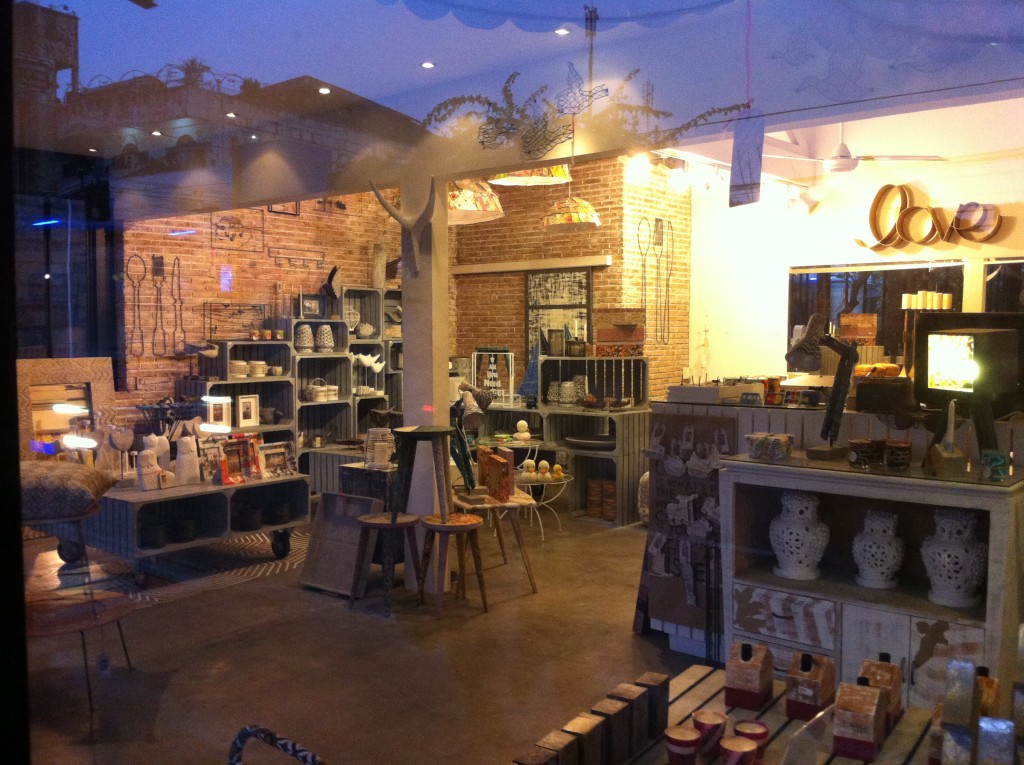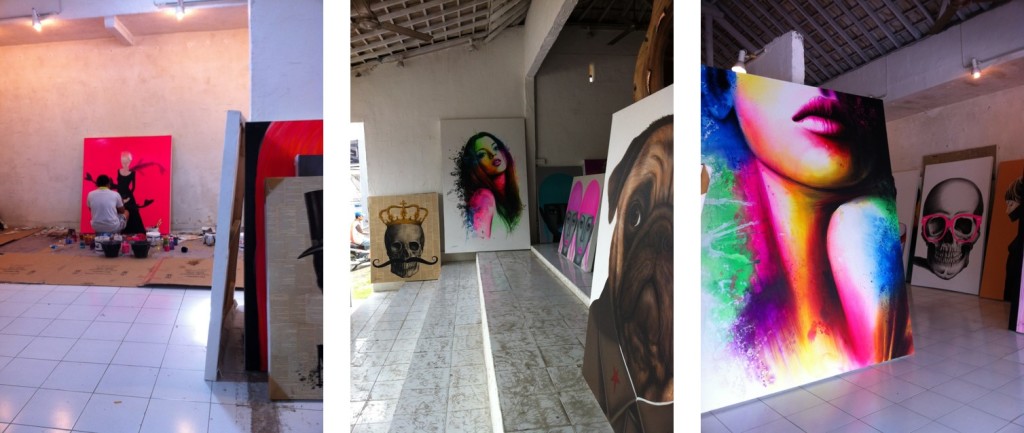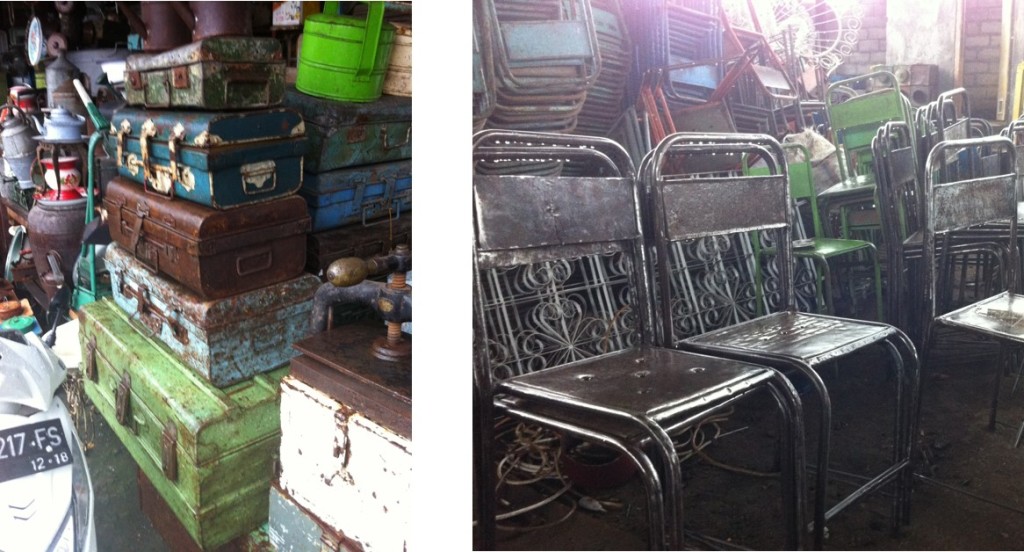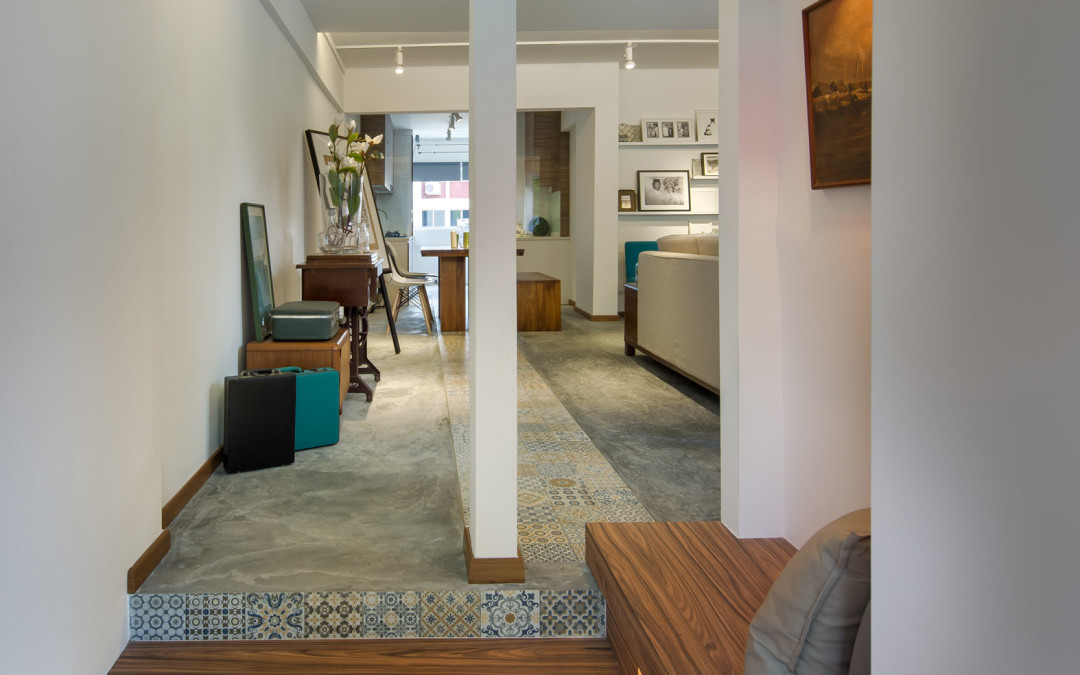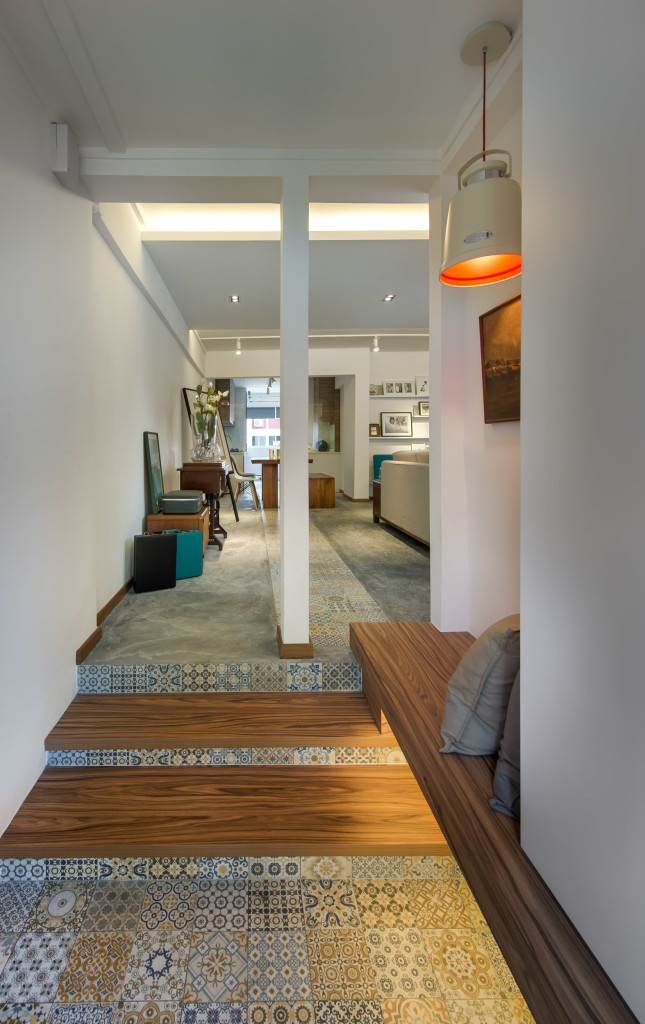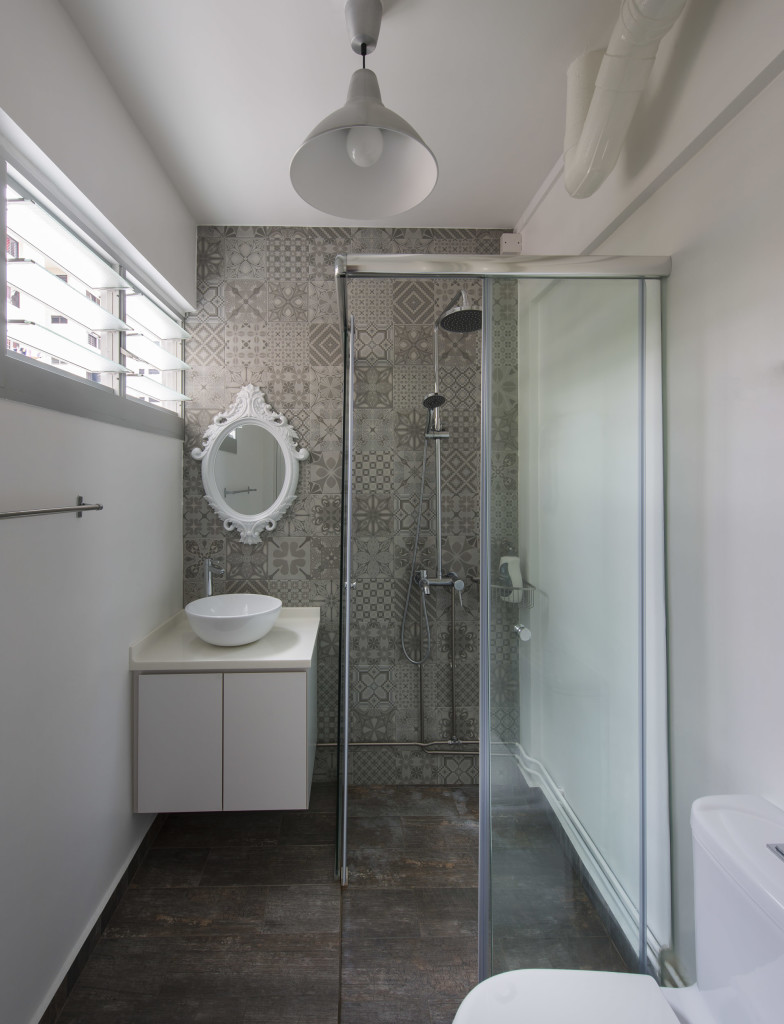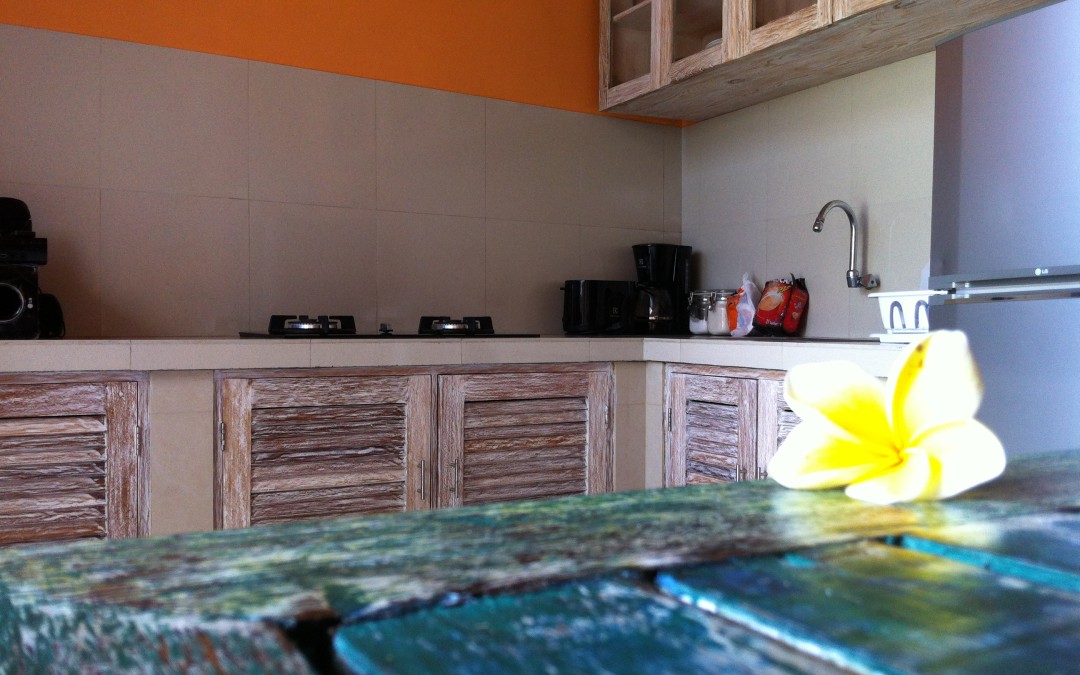
Design Exploration – Balinese Rustic Arts
What better way to obtain design inspiration than to travel and explore? That’s exactly what the M3 Bloggers did! We went to Bali – not to surf, not enjoy the sun, sand and the sea (although that was awesome too!). No, we went there to study the Bali culture and why are they so famous for their rustic designs and art work. So we hopped on the nearest flight and off we were, to Bali – the island of the Gods. M3 brings you through our journey of exploration.
Bali is an island of the east of Java and it has been well known as a holiday destination for many of us who likes the beaches, surfing and all water sports. However what many people are unaware of is that Bali has a vast array of wood furniture and decorations including arts and paintings. Some of these are very traditionally done with the painter even just sitting on the floor at the back of the gallery, carrying on his work while customers walk in and out.
We visited places around Seminyak and we came across a vast number of shops selling very unique decor items that would be really difficult to obtain right here in Singapore. They came in all ranges of shapes, sizes and forms – table lamps to wall hangers to coffee tables to sofas and dining sets too. We were pleasantly surprised at our finds. We then decided to go one step further and explore the outskirts of the main town. Armed with only a motorbike and a phone camera, we searched high and low for traditional art galleries and antique shops.
And we were duly rewarded after hours of long journey. It was extremely satisfying to finally find art pieces that were simply stunning and all set up simply side by side in the gallery. We even met the painter responsible for all these works as he was just sitting down working on another of his masterpiece. We also managed to find a real gem – an old antique warehouse where they were taking and sprucing up old pieces for resale! What a find!!
Overall, we were extremely glad we managed to visit Bali and learn about their culture as well as appreciate their views on design. It was a great eye-opener for us and we shall strive to travel to more countries to gain more international and design experiences for us to grow and evolve as designers. Of course, visiting Bali would not be complete without taking a few snap shots of the landscape and it’s beauty!!
An exploration article by M3 Bloggers.

